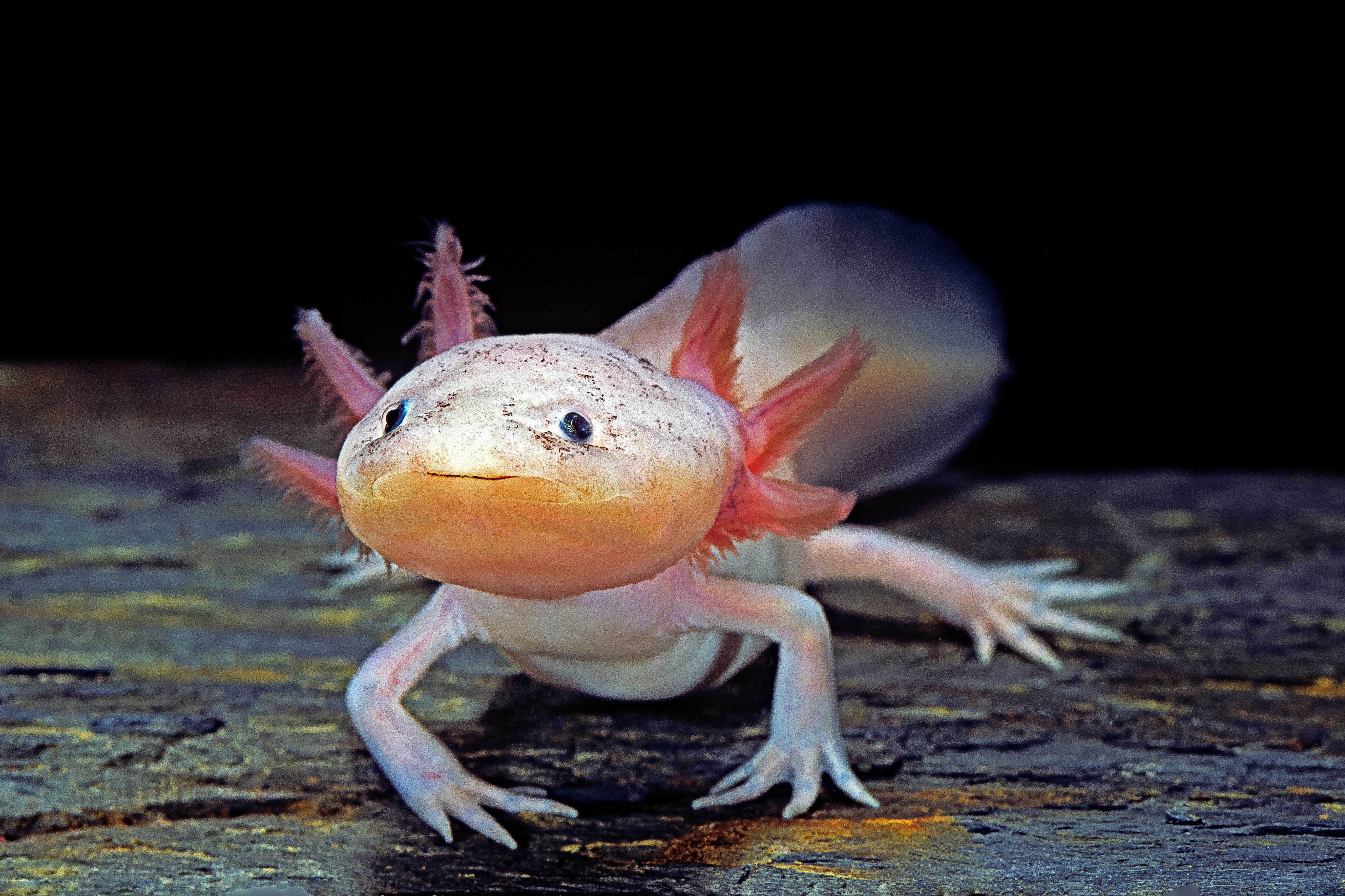
The waterways of Mexico are the only natural habitat of the axolotl — “water monster” in Nahuatl — although the amphibian is abundant in captivity and a popular pet in various corners of the world. But Zambrano says that differences between wild and captive-bred creatures are considerable because captive axolotls experience losses in physiological and behavioral capabilities.
While Zambrano’s original idea was for surviving axolotls to wiggle on their own into the restored canals or refuges, researchers are also looking into the possibility of introducing captive-bred creatures to these spaces themselves. Before that can be done, however, Zambrano said they need more information about the salamanders’ genetics and reproductive capabilities, among other things. It’s known that farmers sometimes release axolotls into canals after raising them in aquariums, but the researchers say this is generally frowned upon due to environmental regulations.
“The quality of the water is reduced a lot when you put in pesticides and fertilizers because they kill everything, including the axolotl.” If the axolotl goes extinct in the wild, it would be a tremendous loss to Mexico and the world, he said.
“It’s not only one of the most researched species in terms of genetics, but it’s an animal that’s closely connected to our Mexican culture.”
As Mexico City’s population has grown, intensive water pumping has depleted much of the underground sources that are used to feed the maze of canals. They now get treated wastewater from nearby plants, which has contributed to the decay of waterways and chinampas.
Eslava was already involved in clean-up projects and restoration efforts with other Xochimilco residents when Carlos Sumano came calling in 2020. He relished the idea of the project because the university’s sponsorship would help provide funding and resources to assist chinamperos in reactivating dormant chinampa agriculture.
“All the fertilizer we need is down there in the water,” he said. “All the vegetation that disintegrates there is very rich material; it’s what our ancestors used. That’s why chinampa farming was so rich. There was an enormous diversity of crops, and everything was done using traditional methods like mud and native seeds.”
Those traditions had gradually succumbed to new agricultural practices that were ushered in starting in the 1940s with the promise of greater yields.
“The ‘green revolution’ was this vision of increasing agricultural productivity as fast as possible, as best as possible, and that’s when the use of pesticides and fertilizers started to grow,’” Zambrano said. “But the quality of the water is reduced a lot when you put in pesticides and fertilizers because they kill everything, including the axolotl.”
“I’ve been farming for a long time, and I want to keep doing it here, in Xochimilco,” he said in a recent interview. “I don’t want chinampas to disappear.”
Neither does Eslava, who spends much of his time improving plots. He and Sumano recently brought six very young axolotls bred in aquariums to a narrow, restored canal. The minuscule creatures, which resembled tadpoles, wiggled out of a bucket and into the water. Sumano explained that the axolotls were placed there to be monitored for a few days, after which Eslava took them back out.
Zambrano believes the project has already started to reap benefits, like healthy species in some canals and growing interest in reactivating abandoned chinampas, though he notes that ambitious restoration projects such as this one take time and effort.
https://undark.org/2022/08/01/mexican-farmers-and-scientists-share-a-mission-saving-a-wetland/
